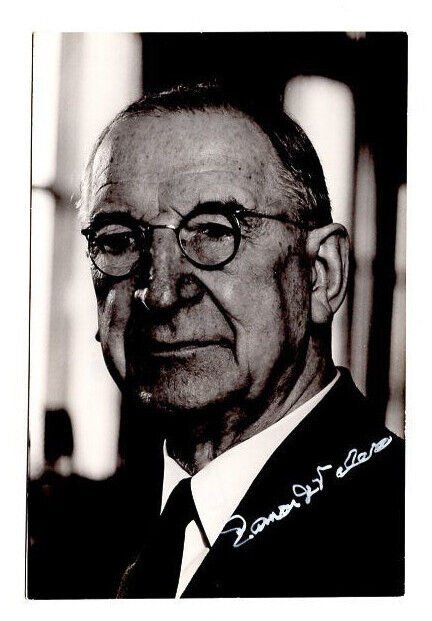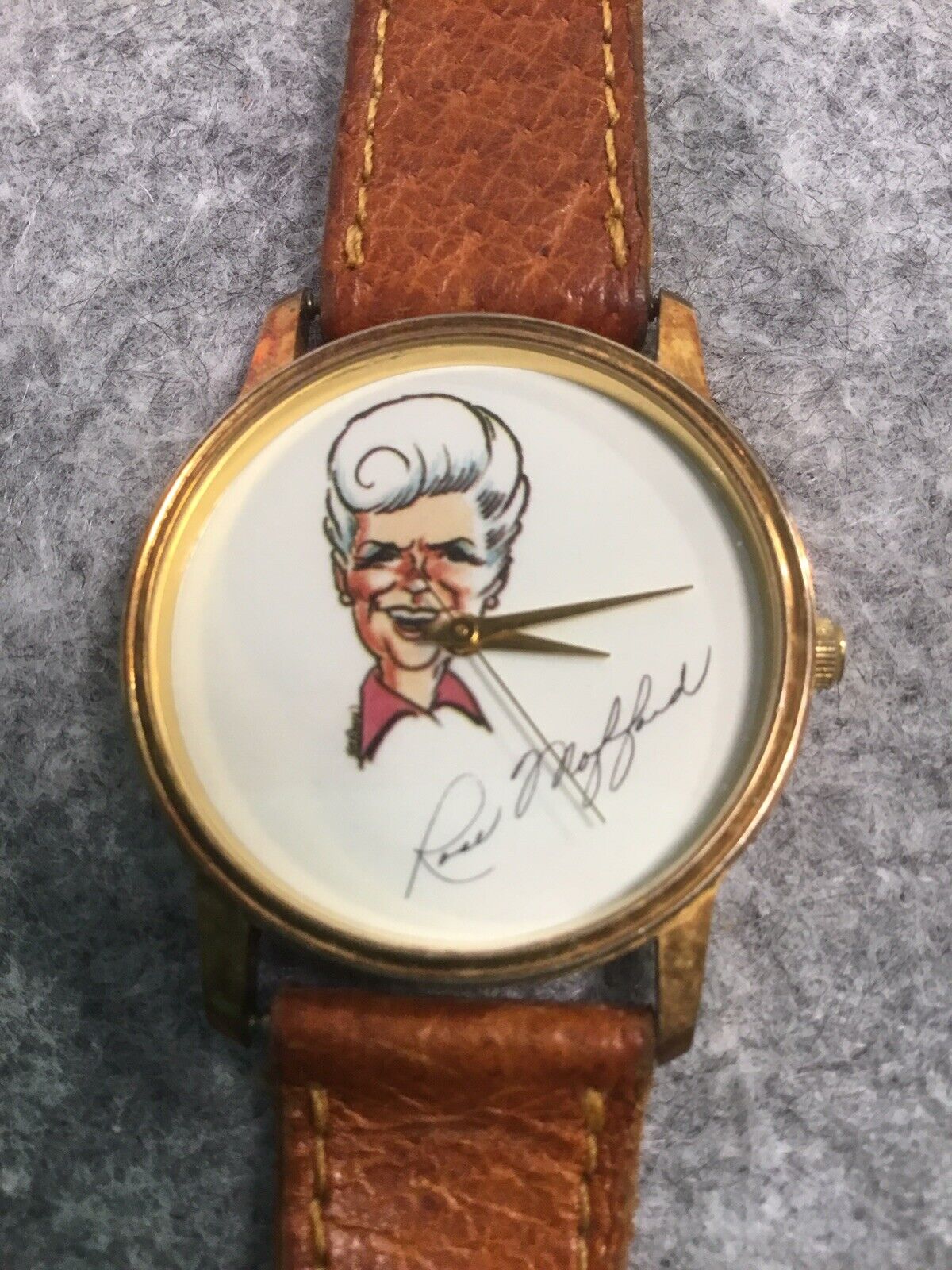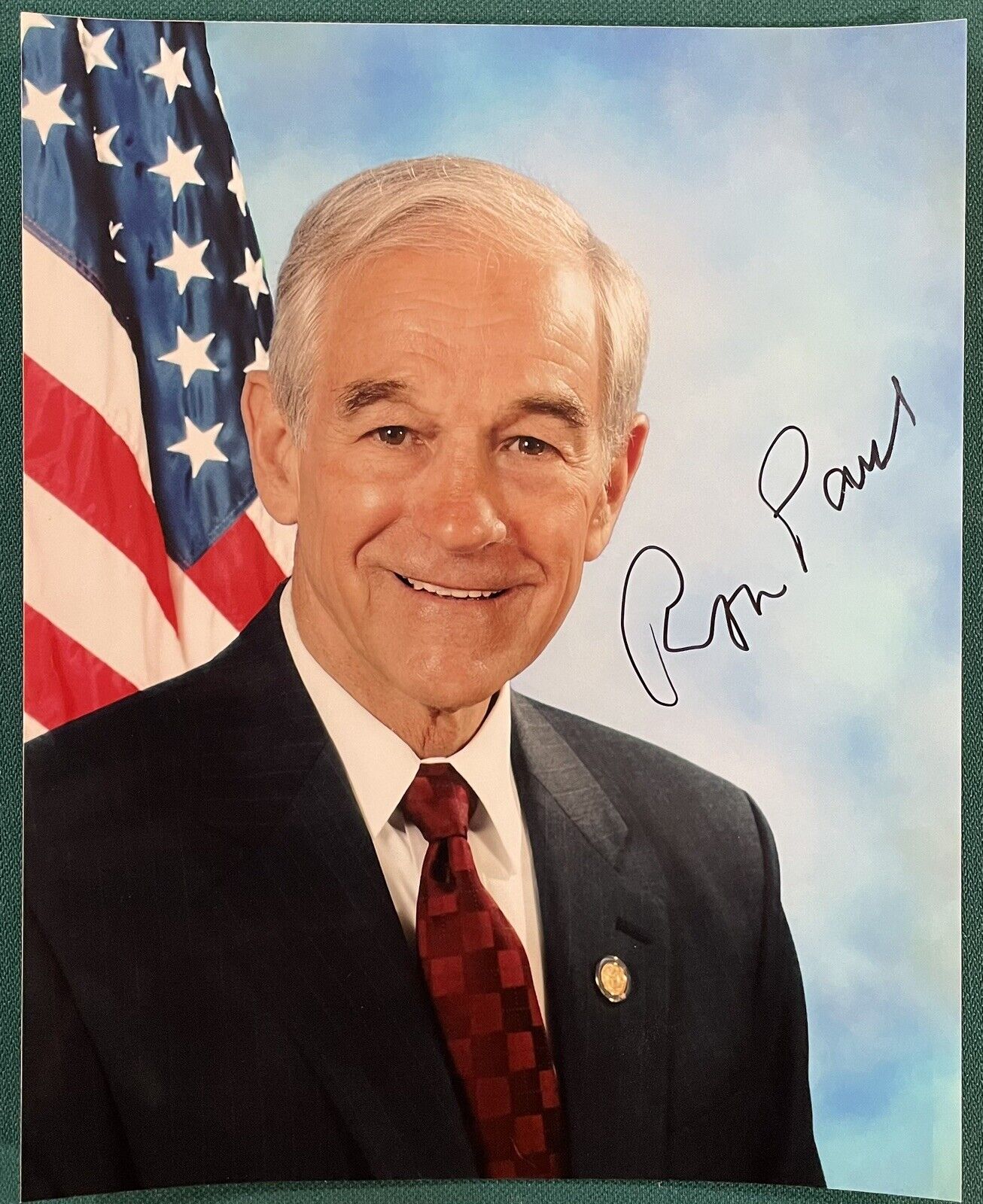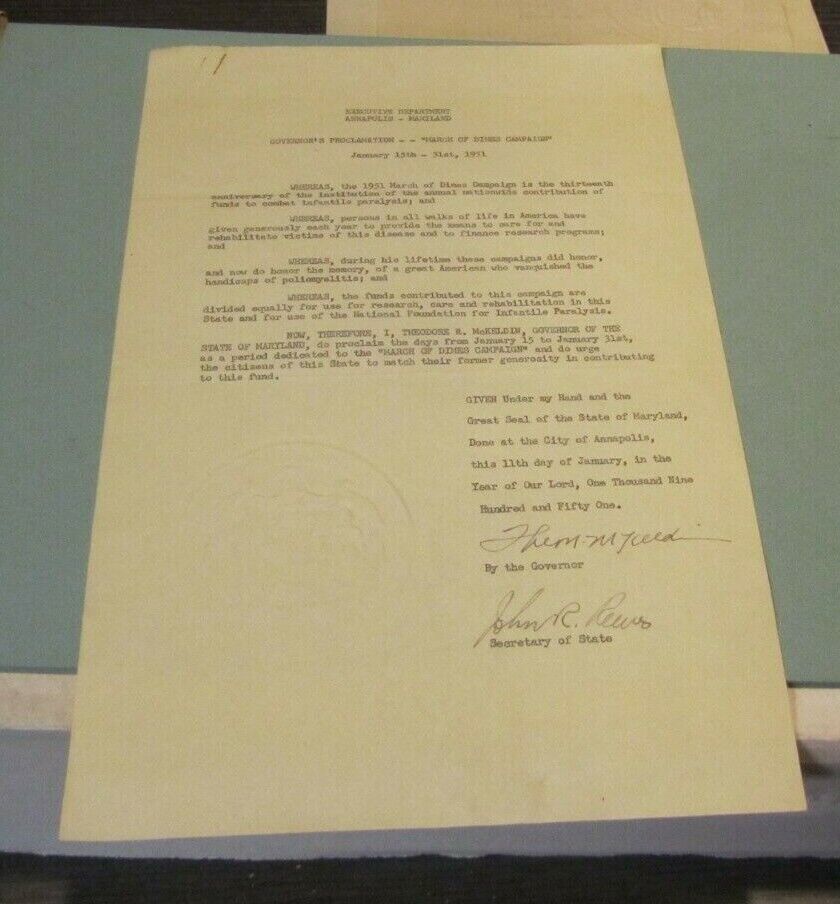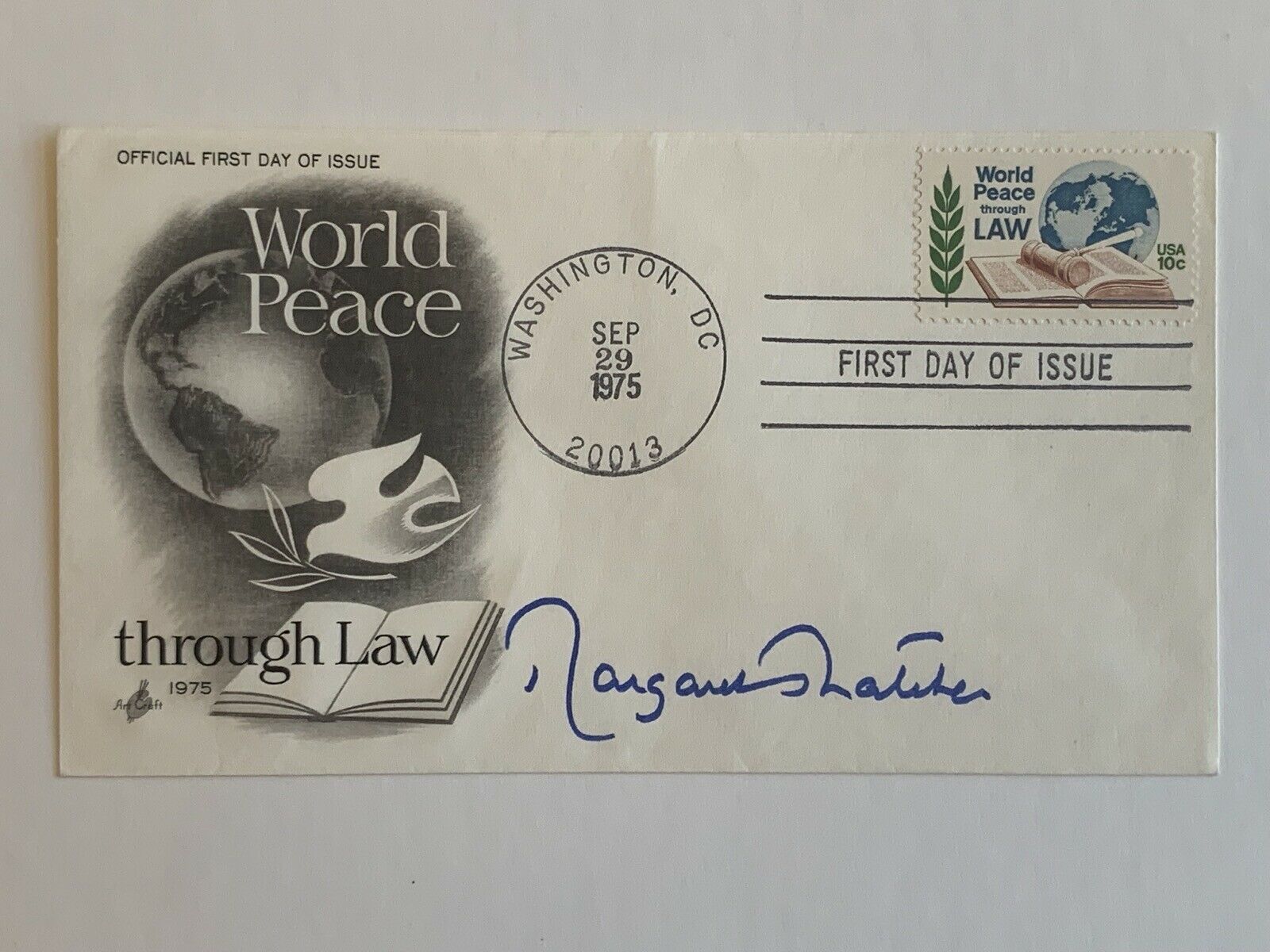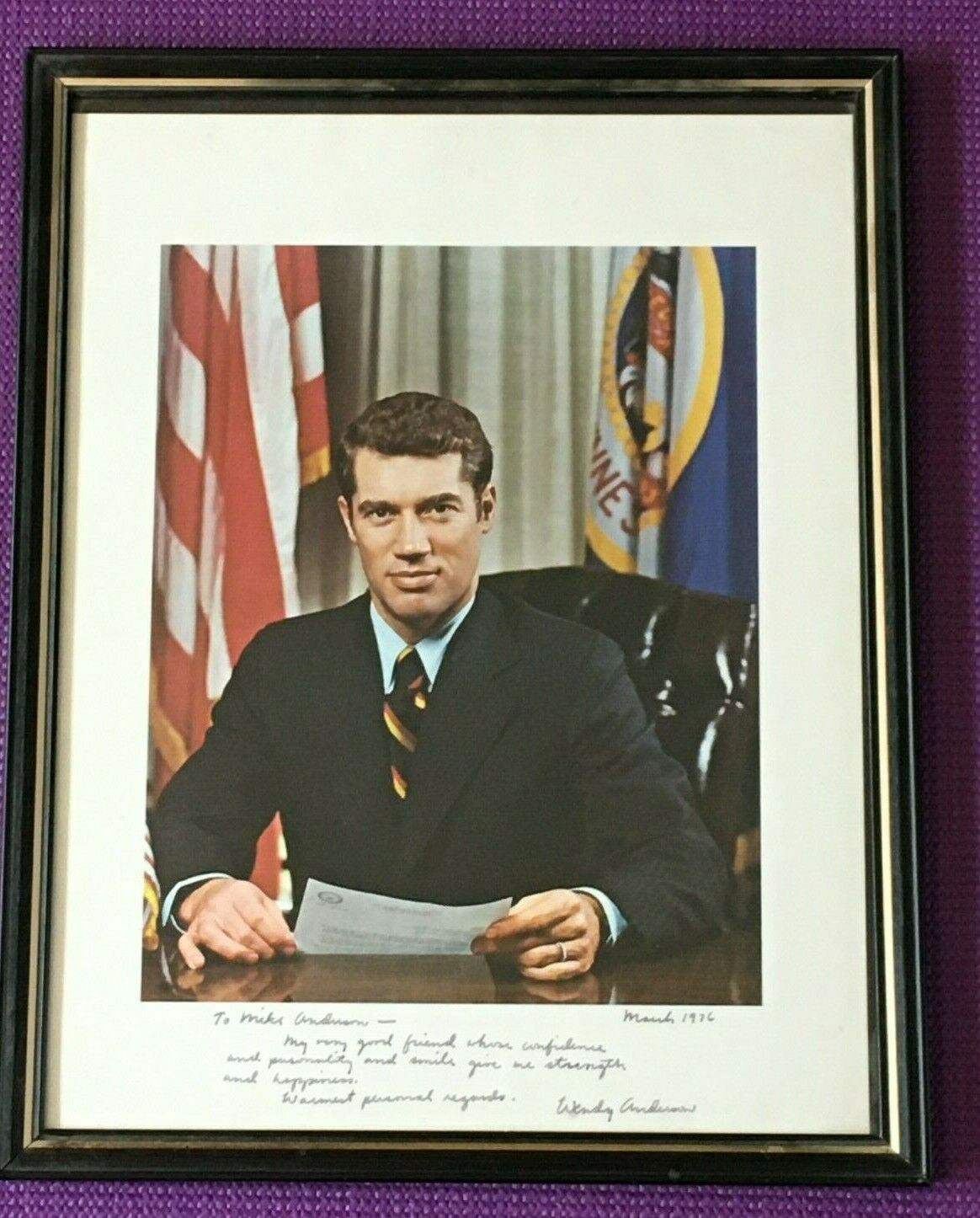-40%
Secretary of State James Francis Byrnes Signed Official Appointment Seal 1946
$ 46.99
- Description
- Size Guide
Description
Offered Signed Secretary of State James Francis Byrnes Appointment of Vice Consul Vigo, Spain July 25, 1946 17" X 14" with old fold midway of Appointment.Biographies of the Secretaries of State:
James Francis Byrnes (1882–1972)
Introduction
James Francis Byrnes
was appointed Secretary of State by President
Harry S. Truman
on July 3, 1945, and entered duty on the same day. He left office on January 21, 1947. Byrnes led the Department of State during the significant transition from World War II to the Cold War.
James Francis Byrnes, 49th Secretary of State
Rise to Prominence
Byrnes was born in Charleston, South Carolina to an industrious mother who was widowed shortly before his birth. He left school after the seventh grade to work in a law office where he received excellent tutelage from several judges. Byrnes was admitted to the South Carolina bar in 1903 and practiced in Aiken. In 1908 he was elected to his first public office as district prosecuting attorney. Two years later he was elected to the U.S. Congress, where he served from 1911 to 1925.
Byrnes returned briefly to private practice before his election to the U.S. Senate in 1931. During his ten years in the Senate, he championed President
Franklin D. Roosevelt
’s New Deal. The President appointed Byrnes to the Supreme Court in 1941. It was a short-lived appointment for the restless judge who missed the political action of the legislative branch. He resigned the following year.
Following U.S. entry into World War II, Byrnes was chosen as Director of the Office of Economic Stabilization, and in 1943, Director of Economic Mobilization. He accompanied President Roosevelt to the
Yalta Conference
in 1945. Following President Roosevelt’s death in April, Byrnes returned to South Carolina.
That summer, President Truman asked Byrnes to return to Washington as his Secretary of State. He was unanimously confirmed by the Senate without a hearing.
Influence on American Diplomacy
A skilled policymaker, Byrnes spent much of his time outside of Washington meeting with foreign leaders. President Truman was uncertain of his own aptitude in matters of foreign policy and thus placed a great deal of confidence in Secretary Byrnes.
Within days of his appointment, Byrnes accompanied President Truman to the
Potsdam Conference
, a critical turning point in U.S.-Soviet relations. He continued to negotiate the rapidly fraying post-war alliance at conferences in London and Moscow.
Byrnes increasingly wielded less control over U.S. foreign policy as disagreements arose with President Truman over how forceful the country should be against the increasingly uncooperative
Soviet Union
.
The Secretary was a proponent of using the newly-developed atomic bomb against
Japan
, and under his advice, two
atomic bombs
were detonated over Japan in August of 1945. It was also during Byrnes’ tenure as Secretary of State that
George Kennan
authored his famous
1946 “Long Telegram,”
advocating a change in policy towards the Soviets. President Truman and Secretary Byrnes implemented these changes swiftly, laying the foundations for the early Cold War.
Byrnes resigned his position on January 21, 1947, and continued to practice law. In 1951 he was elected Governor of South Carolina and served one term. James Byrnes died in 1972.











